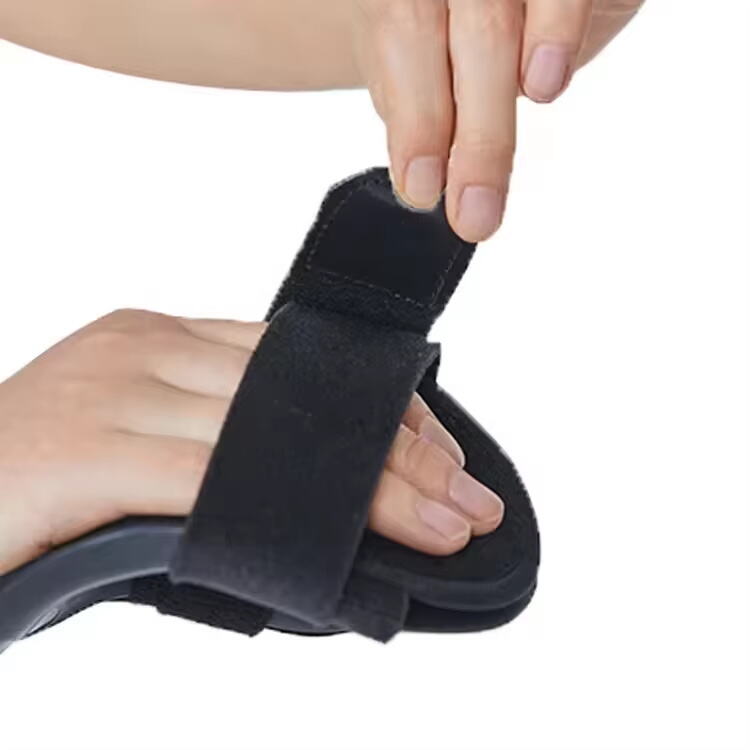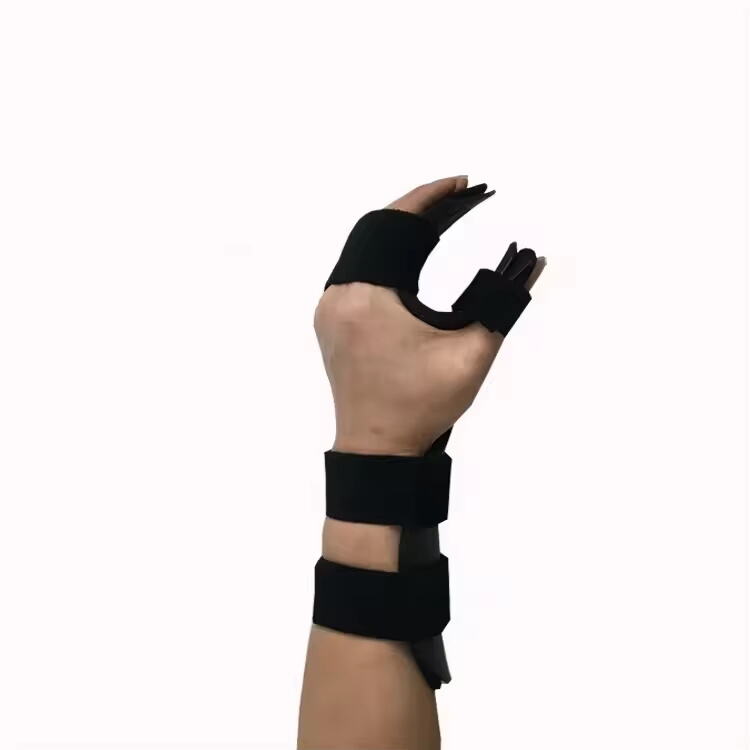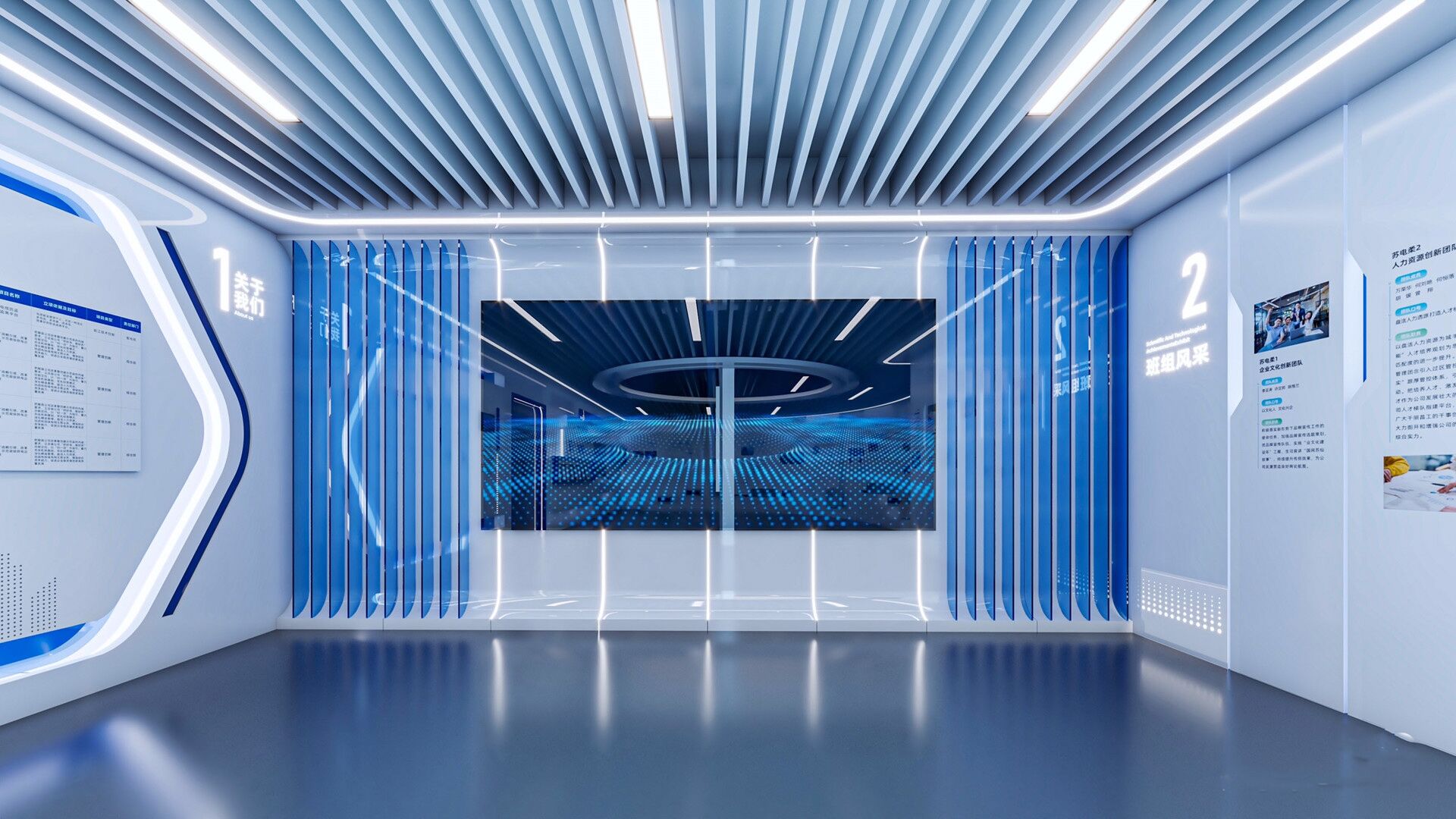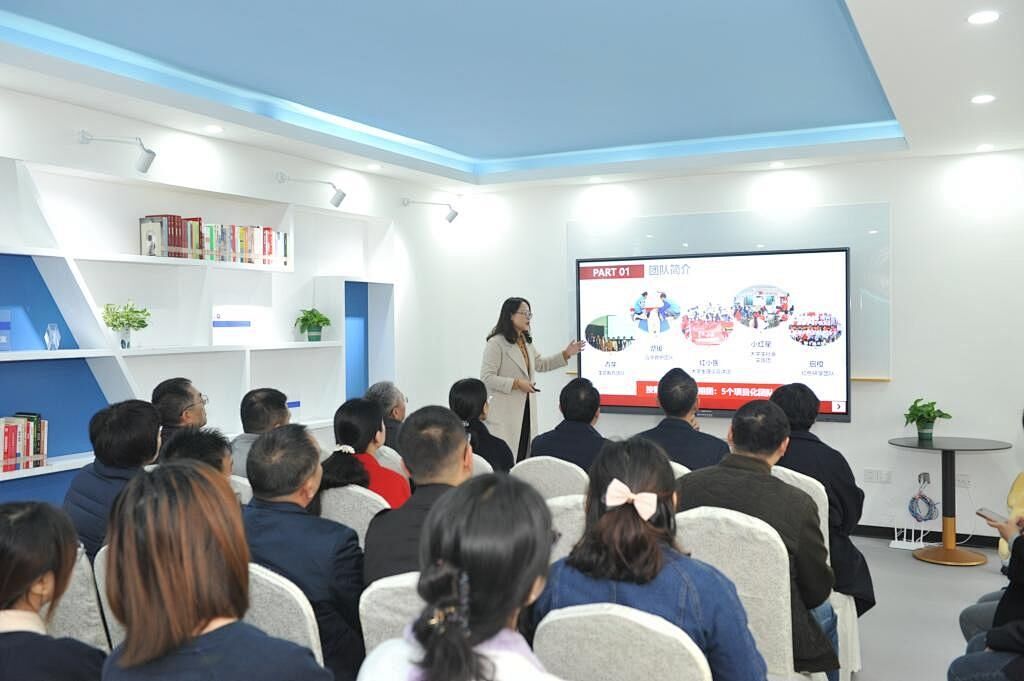Ključne karakteristike uređaja za rehabilitaciju ruku za oporavak kod starijih osoba
Rehabilitacija ruke igra ključnu ulogu u pomoći starijim osobama da obnove funkcionalnost i nezavisnost nakon povrede, udara, ili drugih medicinskih stanja. Dobro projektovan sistem za rehabilitaciju ruke može značajno da utiče na ishode oporavka i uključenost pacijenata. Razumevanje ključnih elemenata koji čine ove uređaje efikasnim je važno za pružaoce zdravstvenih usluga, čuvare i pacijente.
Savremena tehnologija u rehabilitaciji se znatno razvila, nudeći sofisticirana rešenja koja povezuju terapeutske pogodnosti i prijateljski korisnički interfejs. Ove inovacije posebno su važne za starije pacijente koji u toku rehabilitacije često nailaze na dodatne izazove, kao što su smanjena snaga mišića, ograničena pokretljivost i moguća kognitivna ograničenja.
Načela projektovanja za optimalne terapeutske ishode
Ergonomska razmatranja i udobnost
Uspeh svakog rehabilitacionog sistema za ruku počinje sa ergonomskim dizajnom. Uređaji moraju biti lagani i prilagodljivi kako bi odgovarali različitim veličinama ruku i jačini stiska koje su uobičajene kod starijih korisnika. Materijali koji se koriste treba da budu meki, a istovremeno izdržljivi, kako bi se sprečilo iritiranje kože tokom dužih terapijskih sesija.
Pravilna raspodela težine i ravnoteža omogućavaju starijim osobama da održavaju ispravan držanje tela tokom vežbanja, bez osećaja umora. Uređaj takođe treba da ima površine koje se lako drže i intuitivnu kontrolu koja ne zahteva prekomernu silu ili veštinu rukovanja.
Karakteristike prilagođavanja i prilagodljivosti
Svaki pacijent ima jedinstvene potrebe u pogledu rehabilitacije, što čini mogućnosti personalizacije neophodnima za opremu za rehabilitaciju ruku. Napredni sistemi nude podesive nivoe otpora, omogućavajući terapeutima da postepeno povećavaju težinu vežbi kako pacijenti napreduju. Mogućnost prilagođavanja parametara vežbanja osigurava da terapija ostane izazovna, ali i ostvariva.
Adaptivna tehnologija automatski se može prilagoditi sposobnostima korisnika, sprečavajući frustraciju i istovremeno održavajući terapeutski efekat. Ova personalizacija se odnosi na programe vežbanja, opsege kretanja i osetljivost na pritisak, čime se osigurava optimalno uključivanje svakog pojedinca.
Integracija tehnologije i korisnički interfejs
Interaktivni sistemi povratnih informacija
Опрема за реабилитацију савремене руком управљане направе укључује напредне механизме за повратне информације који у реалном времену пружају информације пацијентима и терапеутима. Визуелни прикази показују метрике напретка, док хаптичка повратна информација помаже корисницима да разумеју када правилно изводе покрете. Овај систем одмах одговара и помаже у одржавању исправне технике и мотивације.
Напредни сензори у овим уређајима прате више параметара, укључујући јачину стиска, опсег кретања и прецизност покрета. Прикупљање ових података омогућава пружању здравствене заштите да тачно прате напредак и прилагођавају планове лечења.
Дигитална повезаност и праћење напретка
Интеграција бежичне повезаности у системима за реабилитацију руком управљаних уређаја омогућава безпроблемно дељење података између пацијената и пружалаца здравствене заштите. Платформе засноване на облаку чувају историју вежби, метрике постигнућа и податке о прислушкивању, што омогућава да се програми терапије прате и прилагођавају на даљину.
Mobilne aplikacije povezane sa ovim uređajima omogućavaju jednostupni pristup instrukcijama za vežbanje, izveštajima o napretku i komunikacionim kanalima sa lekarima. Ova povezanost osigurava kontinuiranu podršku i motivaciju tokom celokupnog procesa rehabilitacije.

Funkcije sigurnosti i podrške
Dugme za hitno zaustavljanje i zaštitni mehanizmi
Sigurnost je od primarnog značaja kod rehabilitacione opreme za ruke koja je dizajnirana za starije korisnike. Napredni sistemi uključuju višestruke sigurnosne elemente, kao što su dugmad za hitno zaustavljanje, ograničenja pritiska i ograničenja kretanja, kako bi se sprečilo preterano naprezanje ili povrede. Ove zaštitne mere pružaju i pacijentima i terapeutima osećaj sigurnosti tokom rehabilitacionih sednica.
Uređaji takođe uključuju ugrađene upozorenja koja obaveštavaju korisnike i brzičare o mogućim problemima ili kada je potrebno napraviti pauzu. Ovaj proaktivni pristup povezan sa sigurnošću pomaže u sprečavanju nesreća izazvanih umorom i osigurava optimalne terapijske rezultate.
Sistemi podrške i funkcije stabilnosti
Ефективна опрема за рехабилитацију руке укључује одговарајуће структуре подршке које одржавају исправан положај током терапије. Подлакатници, подршке за зглоб и стабилизациони механизми помажу старијим корисницима да одрже исправну форму кроз све вежбе. Ове карактеристике су неопходне како би се спречили компензаторни покрети који могу успорити опоравак.
Додатно, противсипне основе и сигурносне могућности причвршћивања осигуравају стабилност уређаја током употребе, што је посебно важно за особе старешког доба које имају проблеме са равнотежом или смањену снагу.
Разноврсност и напредовање терапијских вежби
Опсег покрета и тренинг снаге
Комплетни системи за рехабилитацију руке нуде разнолике опције вежбања које циљају различите аспекте функције руке. Програми обухватају вежбе за побољшање флексибилности прстију, покретност зглоба и снагу стиска. Разноврсност помаже у одржавању интересовања пацијената док истовремено достигне више терапијских циљева.
Прогресивне опције тренинга отпора омогућавају постепено градење снаге, док прецизна контрола кретања помаже у побољшању координације и вештине. Ове разноврсне врсте вежбања осигуравају свеобухватан програм рехабилитације који покрива све аспекте опоравка функције руку.
Когнитивна интеграција и моторичко учење
Опрема за рехабилитацију напредних уређаја за руке често укључује когнитивне елементе у физикалне терапије. Вежбе попут игара и интерактивних изазова помажу у одржавању менталне ангажованости док се вежбају моторичке вештине. Овај приступ тренингу са два задатка посебно је користан за старије пацијенте који се опорављају од невролошких обољења.
Интеграција когнитивних вежби са физикалном терапијом помаже у побољшању неуропластичности и моторичког учења, што доводи до бољих функционалних исхода. Ове занимљиве активности такође помажу у борби против монотоније која често прати традиционалне рехабилитационе вежбе.
Često postavljana pitanja
Колико дуго старији пацијенти треба да користе уређаје за рехабилитацију руку дневно?
Препоручено времетрајање варира у зависности од појединачних потреба и стања, али обично се креће од 15 до 30 минута по сесији, са 2 до 3 сесије дневно. Провајдери здравствених услуга ће одредити оптимални распоред на основу фактора као што су стадијум опоравка, опште здравствено стање и специфични циљеви рехабилитације.
Да ли се уређаји за рехабилитацију руку могу користити без професионалног надзора?
Иако су многи уређаји намењени за употребу код куће, почетно обука и периодични надзор медицинског особља су обавезни. Након што стекну адекватну обуку, старији корисници могу безбедно изводити прописане вежбе независно, док уређаји за праћење на даљину омогућавају терапеутима да прате напредак и праве неопходне корекције.
Која је одржавања неопходна за уређајима за рехабилитацију руку?
Редовно одржавање обично укључује чишћење одговарајућим дезинфектантима, проверу хабања, калибрацију сензора када је потребно и осигуравање да сви покретни делови раде без проблема. Већина модерних уређаја поседује функције самодијагностике које кориснике упозоравају на било какво потребно одржавање или потенцијалне проблеме.

 EN
EN









































